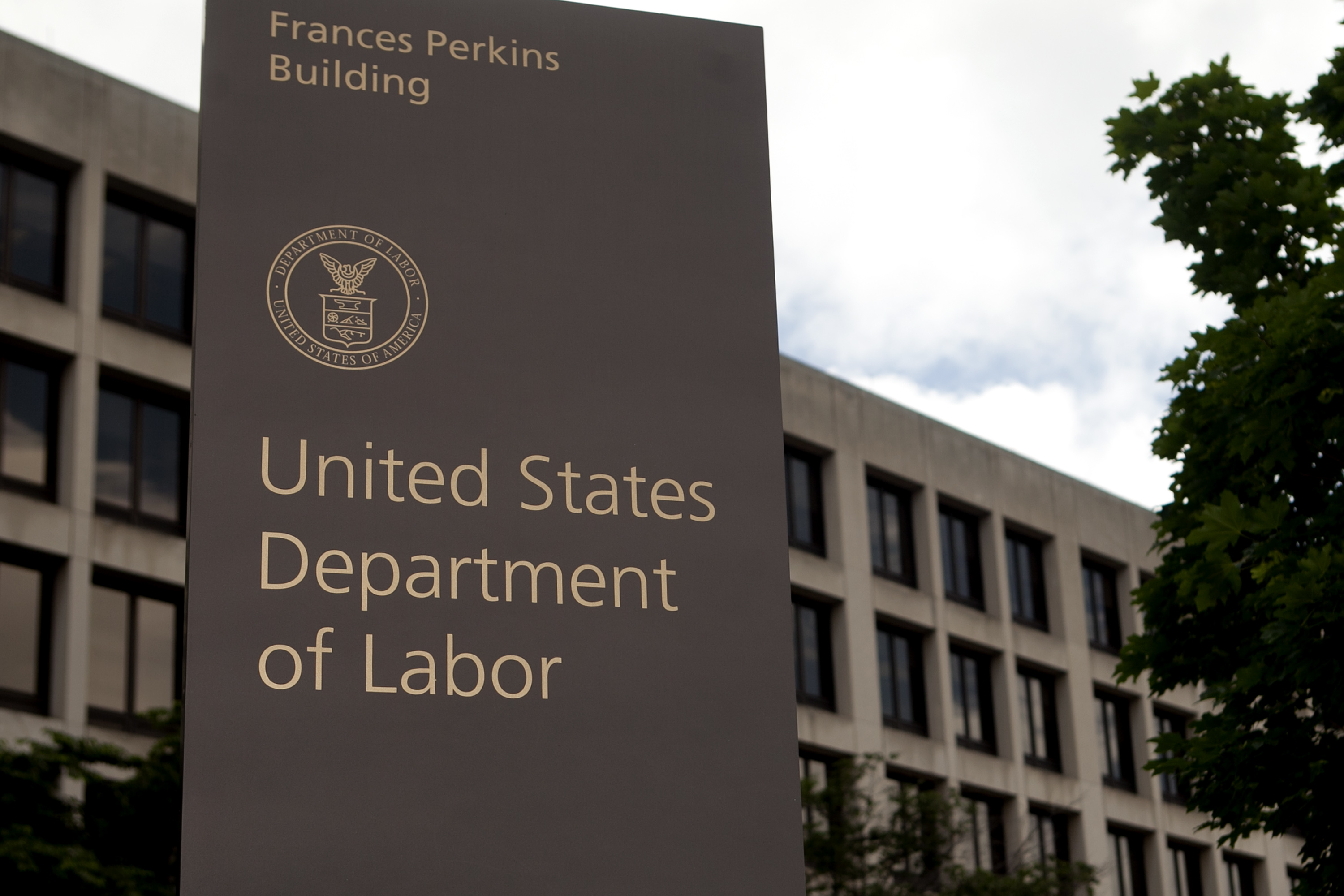The U.S. Department of Labor issued a final rule Wednesday to clarify the standard for determining whether a worker should be considered an employee or an independent contractor.
The rule is one of many contentious regulations that the Trump administration has been rushing to finalize in its waning days and is likely to have an impact on labor relations, pay scales and benefits for workers. It also has an impact on the taxes they pay and whether taxes need to be withheld from their paychecks or simply reported on a Form 1099 and sent to them before Jan. 31. More companies in recent decades have been classifying their workers as independent contractors as opposed to full-time employees to save on salaries and benefits, and that trend has only accelerated in recent years with the growth of the gig economy.
Officials said the rule would bring needed clarity to the standards under the Fair Labor Standards Act, or FLSA. “This rule brings long-needed clarity for American workers and employers,” said U.S. Secretary of Labor Eugene Scalia in a statement. “Sharpening the test to determine who is an independent contractor under the Fair Labor Standards Act makes it easier to identify employees covered by the Act, while recognizing and respecting the entrepreneurial spirit of workers who choose to pursue the freedom associated with being an independent contractor.”
The final rule includes several clarifications:
- It reaffirms an “economic reality” test to determine whether an individual is in business for him or herself (independent contractor) or is economically dependent on a potential employer for work (FLSA employee).
- It identifies and explains two “core factors” that are most relevant to the question of whether a worker is economically dependent on someone else’s business or is in business for themselves:
- The nature and degree of control over the work;
- The worker’s opportunity for profit or loss based on initiative and/or investment.
- It identifies three other factors that may serve as additional guideposts in the analysis, particularly when the two core factors do not point to the same classification. The factors are:
- The amount of skill required for the work;
- The degree of permanence of the working relationship between the worker and the potential employer;
- Whether the work is part of an integrated unit of production.
- The actual practice of the worker and the potential employer is more relevant than what may be contractually or theoretically possible.
- It provides six fact-specific examples applying the factors.
“Streamlining and clarifying the test to identify independent contractors will reduce worker misclassification, reduce litigation, increase efficiency, and increase job satisfaction and flexibility,” said DOL Wage and Hour Division administrator Cheryl Stanton in a statement. “The rule we announced today continues our work to simplify the compliance landscape for businesses and to improve conditions for workers. The real-life examples included in the rule provide even greater clarity for the workforce.”